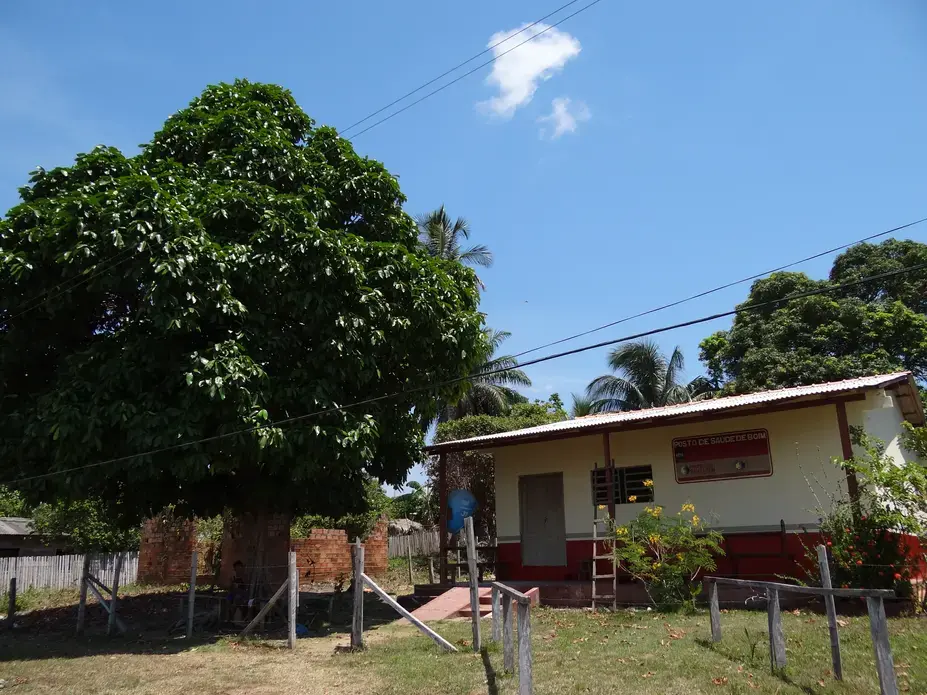Macro level territorial mapping of the Tapajos-Arapiuns extractive reserve area (an area in which the residents of the forests are allowed to extract forest products, but the forest itself is protected) showed that 72 communities of 4,500 families or almost 20,000 people live within the reserve's 640,000 hectare area. That is how far-flung the communities are in the Amazon region, although most of them can be found in villages along the river, which is the highway for the region since you cannot cut roads through the forest.
Saude e Alegria (Health and Happiness), an NGO that works on issues of health, environment and sustainable development in the Tapajos area, is now doing micro-mapping or community mapping to improve land planning and to give the communities the tools needed to plan their own development. This micro-mapping, which was started last year, is expected to cover ten communities along the banks of the Tapajos River located in the reserve area. The project will be completed by the end of the year, after which it could be repeated in other territories depending on the availability of funds.
"We hope that the government will be able to take this model and replicate it. It is important to map the communities to understand their needs and to acknowledge their existence. Amazon is not just a vast empty forest. It has people living in it, dependent on it. No plan to protect and preserve the Amazon can be successful without acknowledging and addressing the needs of the people there," says Caetano Scannavino, project coordinator in Saude e Alegria.














































